Alpaca yarn is my kryptonite; it destroys all of my defenses. It is so soft and warm and wonderful to work with, and whenever I see it in the yarn store, I am inexorably drawn to it.
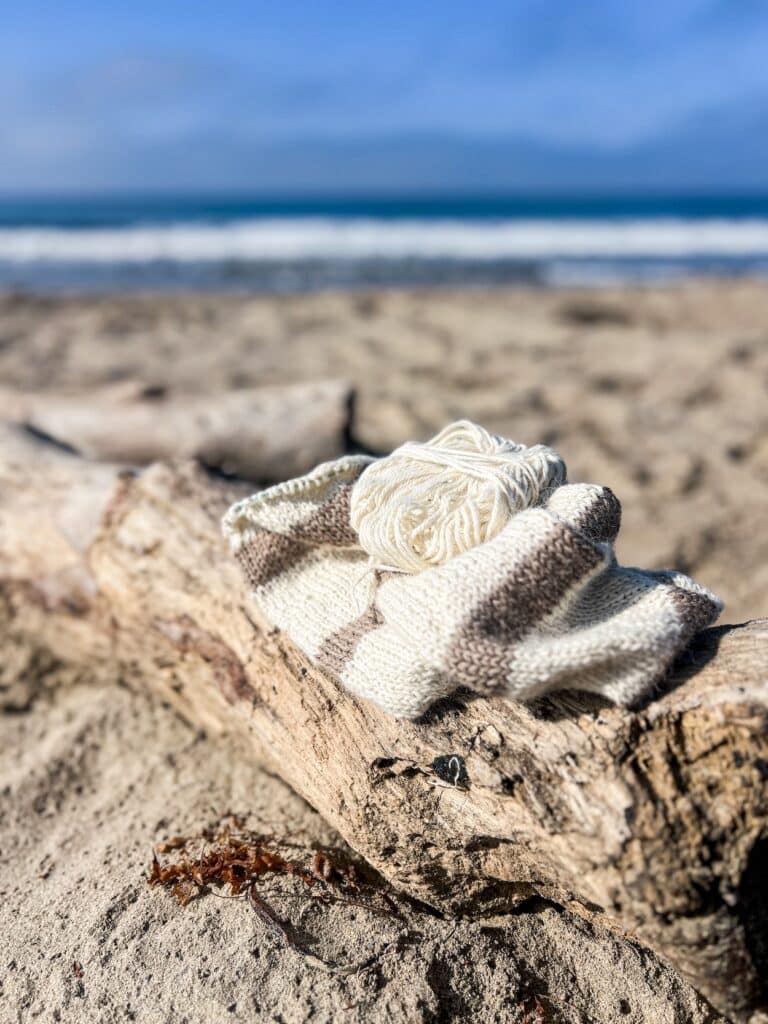
Alpaca isn’t well suited to every project, though. That means I need to know what I’m planning to use the yarn for before I buy it. I can’t just use it interchangeably with wool, and doing so without careful thought can lead to disappointing results.
This blog post is going to dig into the special characteristics of alpaca yarn that make it so wonderful to work with but also can create challenges for unsuspecting knitter.
What Is Alpaca and Why is Alpaca Yarn Special?
Alpacas are members of the Camelid family that come from South America. Alpacas are close relatives of llamas and vicuñas, whose fibers are also used for making fabric and yarn (llama is much rougher and vicuña is one of the softest of the camelid fibers). They live up in the Andes mountains where it can get rather chilly. Much like sheep bred elsewhere in the world for their fiber to keep humans warm, alpacas and their camelid cousins historically served a similar purpose for Andean communities for millennia.
Today, when you buy yarn with alpaca in it, you’ll usually see yarn from two different types of alpacas. One is huacaya alpaca, which has a texture similar to wool but very soft. The other is suri alpaca, which has a similar halo to mohair yarn. Suri yarn is often used as a substitute for people with mohair sensitivities. Both varieties of alpacas come in a wide range of natural colors, so you can do really cool colorwork without needing to dye anything.
In general, alpaca tends to be much softer than sheep wool varieties, even merino wool (though some people with very sensitive skin do still find alpaca itchy). Because alpaca fibers have fewer scales than sheep‘s wool does, the fiber tends to have more drape and is less likely to felt in the wash. Alpaca fibers also are hollow in the middle, which means they insulate even better than wool does.
You can buy a wide range of alpaca yarns, from pure alpaca to a blend with other fibers. When a yarn manufacturer blends alpaca with sheep‘s wool, it has more elasticity and less drape. This can be a great way to knit warm garments that won’t stretch out as much as garments knit with pure alpaca.
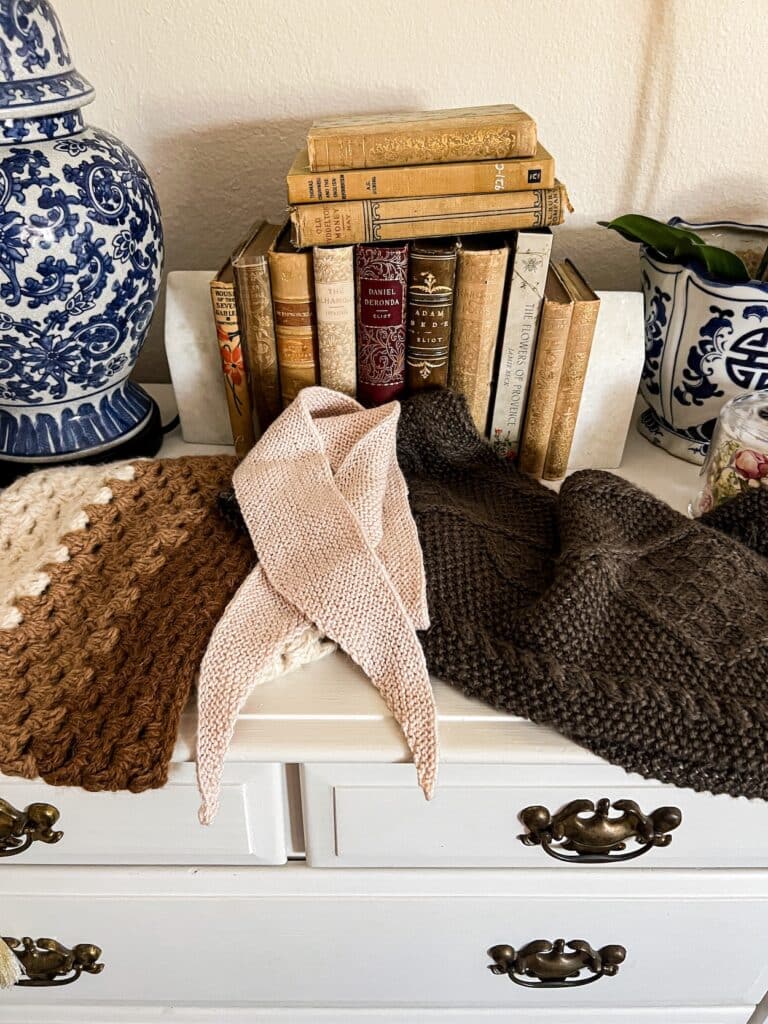
Pros and Cons of Knitting with Alpaca
From the summary above, you might already be able to guess what some of the pros and cons are. Still, let’s look at some of them more closely.
Benefits of Knitting with Alpaca Yarn
First, alpaca is wonderfully soft and warm. If you have sensitive skin and find that most wool yarn is too itchy for you, alpaca’s silky fiber can be a wonderful substitution. That hollow core in the alpaca fiber also means that it will be extra cozy, so it can be a great choice for those living in very chilly climates.
The hollow core also makes alpaca fiber more lightweight than other fibers. If you don’t like feeling the weight of a bulky sweater on yourself, adding some alpaca fiber can reduce that heaviness.
Alpacas don’t produce lanolin, which means it is easier to clean their fleeces before spinning. Having less lanolin means the fiber also will be less likely to irritate sensitive skin. Those with lanolin sensitivities may find that alpaca is a good alternative.
The fiber from alpaca fleeces is a less crimpy fiber than the wool shorn from sheep. That smoother surface ends up giving it a silky feel in the hand and a soft sheen that sometimes looks like it has silk blended into it. This tendency to shimmer can be amplified when spun up with silk blends.
And finally, the lower amount of scales on the outside of the alpaca fiber means that it drapes so elegantly. It’s a great choice for shawls, scarves, and other accessories that don’t need elasticity.
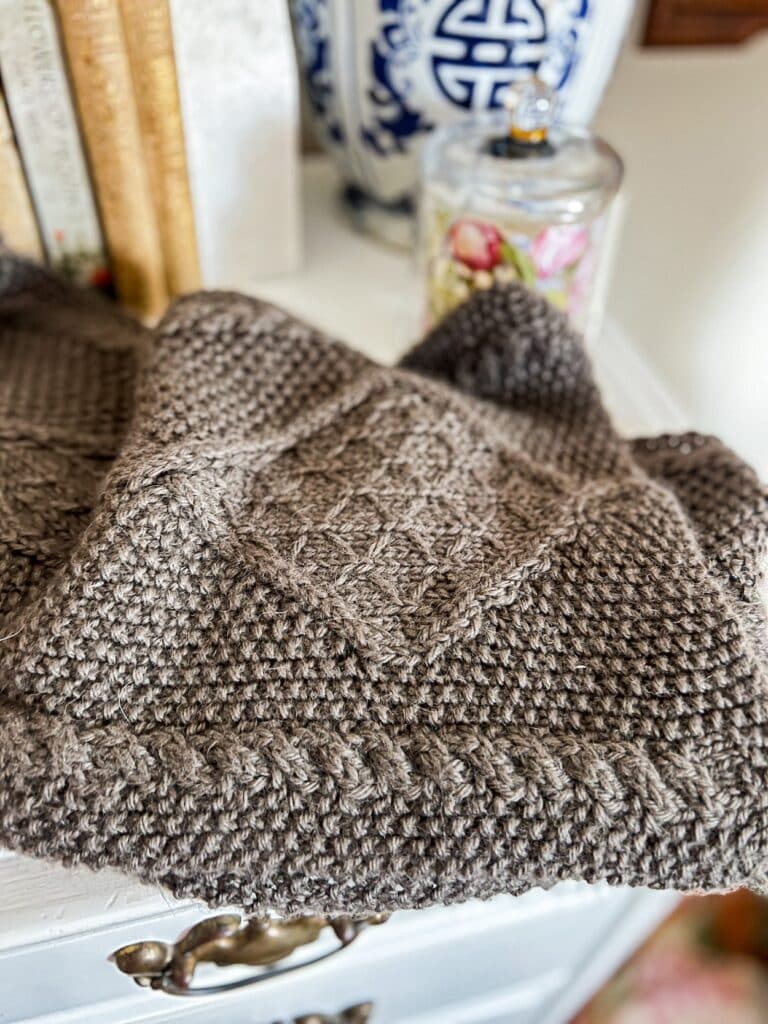
Drawbacks of Knitting with Alpaca Yarn
Now, those reduced scales on the alpaca fiber are kind of a double edged sword. While the drape is beautiful and elegant, that means it’s not a good choice for close-fitting garments or things like ribbed sleeve cuffs. Once alpaca stretches, it is not likely to bounce back. You will end up with droopy sleeves.
The lack of scales also makes alpaca kind of slippery on the needles. If you are a loose knitter who already has challenges with keeping your stitches on the needles, you may find this extra frustrating. To help reduce this issue, swap a metal or plastic needle for a wood or bamboo needle that has a more grippy surface.
While this slipperiness presents challenges in the short term, it also presents challenges in the long-term. A garment knit with pure alpaca yarn might feel fine for a couple wears, but it can grow and stretch over time. I notice this problem especially in seamless garments.
Finally, some alpaca yarns have a tendency to shed that is unlike any fiber I’ve worked with other than mohair. You may end up with small fuzzies all over yourself. I’d avoid wearing a black shirt while knitting with alpaca.
Alpaca Yarn and Stitch Definition
I’ve pulled this out into a separate section because the answer is slightly complicated. Alpaca can have reasonably good stitch definition, but it can also have horrible stitch definition.
Alpaca yarn that has been prepared with huacaya alpaca in a worsted-spun construction with multiple plies will have pretty good stitch definition, though its drape will still mean it’s not the best choice for things like intricate cables and complex colorwork. Lace-weight suri alpaca, on the other hand, is extraordinarily fuzzy and likely will not have much stitch definition at all.
If you want truly excellent stitch definition, your best bet is to get a wool-alpaca blend in a worsted-spun construction with multiple plies. That blend will give you the best of both fibers–the softness and sheen of alpaca along with wool characteristics like memory and bounce.
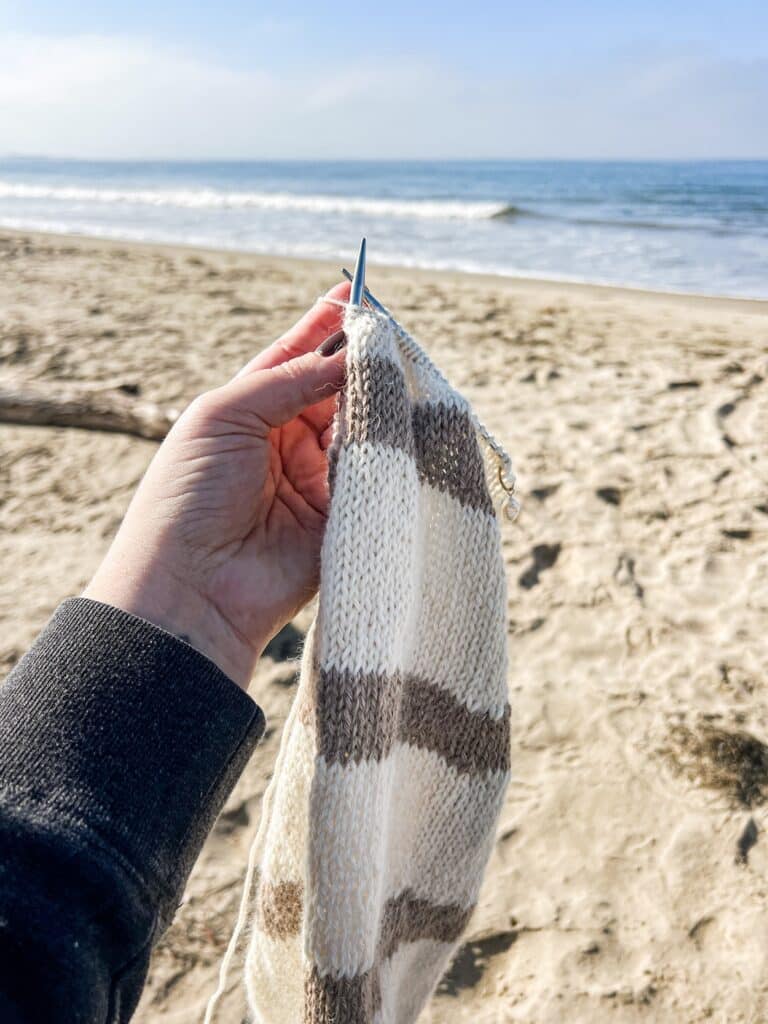
Best Uses for Alpaca Yarn
Because of these special characteristics, alpaca isn’t ideal for every knitting project. In general, if you’re using pure alpaca, I recommend only using it for items that don’t need to hold a specific shape. Cowls, scarves, and shawls are all great for alpaca fiber. It could even make for a wonderful, luxurious blanket.
If you want to knit a garment with alpaca, I’d recommend using an alpaca blend with a significant percentage of wool in it. This will help keep the garment from drooping and sagging over time. It’ll also help keep cuffs and hems from stretching out as much.
Because of the hollow core that makes alpaca so insulating, I’d avoid using it for summer items. On the other hand, alpaca is a perfect choice for cozy winter knits.
Tips for Knitting Successfully with Alpaca
To help ensure that your project knit with alpaca yarn turns out just right, you should swatch with extra care. Because of alpaca’s tendency to drape and stretch, you should consider knitting a larger swatch than you would normally use. Be sure to wet it and let it dry the same way to you plan to clean your finished knit.
If you find that your fabric is stretching too much, especially after blocking, consider going down to a smaller needle size than you would normally use for wool yarn of the same thickness. This will help add some additional stability.
Because alpaca sheds more than wool does, consider whether the item you plan to knit will experience significant friction. If so, think about how to mitigate the effects of that friction on the yarn.
If you’re considering knitting a garment from pure alpaca, think about adding seams to reinforce it and give some stability in key parts of the garment like the shoulders and neckline. Those are areas more likely to droop. That’s because they support a lot of the weight of the garment.
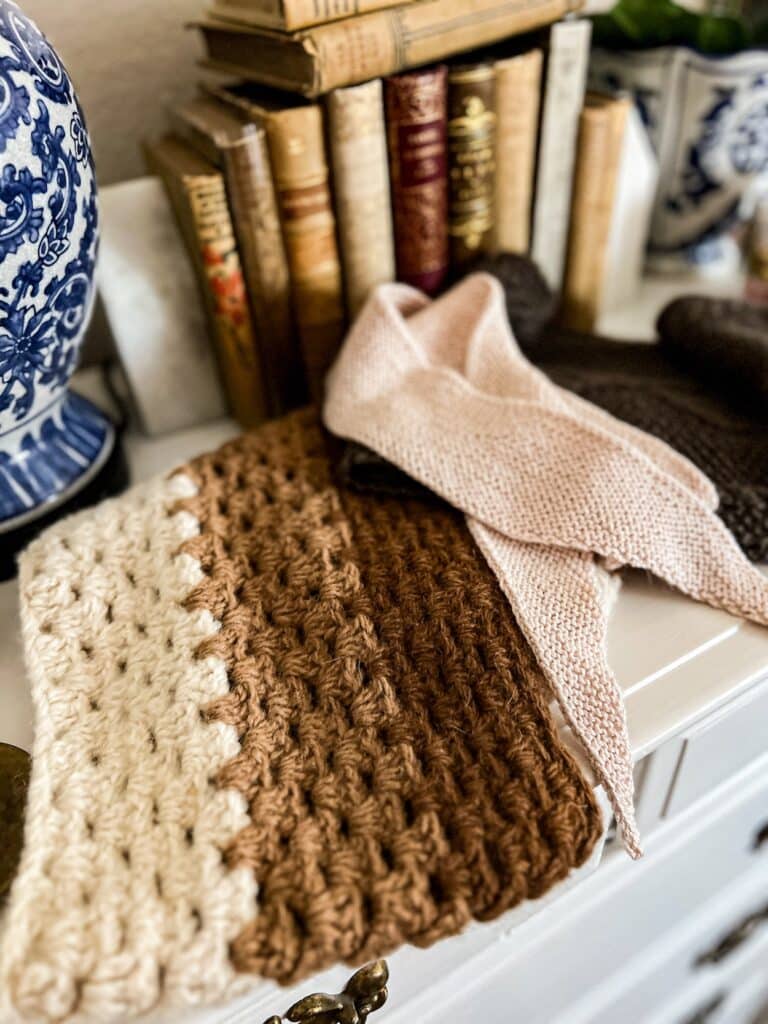
Caring for Alpaca Knits
Just like with your wool knits, you’ll want to wash your items knit with alpaca using cool water and a gentle wool wash. I would not put it into the washing machine, even though it’s less likely to felt. That’s because felting is still possible, even if it’s unlikely. What’s more, alpaca’s tendency to drape and stretch could lead to increased distortion of your knit item.
When you’re done washing your item, gently squeeze it out (don’t wring it!). To speed up the drying process, it’s a good idea to roll up your knit in a towel and then step on the rolled up towel to squeeze out excess water. Then, lay the knit flat to dry.
With alpaca items, it’s especially important to store them folded flat rather than hanging them up. Alpaca will drape and stretch under the force of gravity, and hanging it will only speed that process.
Favorite Alpaca Yarns to Try
After almost 18 years of knitting, I’ve tried a lot of yarns. Here are some of my favorite alpaca and alpaca-blend yarns that you might want to try for yourself. These popular brands can be found in many local yarn stores.
1. Blue Sky Fibers Baby Alpaca. This is a gorgeous luxury yarn that I used last year for my garter stitch Radling Scarflet (one of my free patterns here on the blog). It’s on the pricier side, at about $16 USD for 110 yards of sport-weight yarn, but it’s glorious.
2. Yarnalia Cozy. This is a lovely 100% baby alpaca option and one I wholeheartedly recommend. In fact, that’s the yarn I’m using for the stripey scarf you see in the photos for this post. Cozy tends to run about $25 per 200 yd ball of worsted-weight yarn, but right now it’s on sale for $16.50.
3. Berroco Ultra Alpaca. I don’t have words for how much this yarn means to me. It was the first semi-fancy yarn I bought after I learned to knit, and I fell in love. I used it for sweater vests, scarves, shawls, hats, and anything else I could manage. It’s a blend of 50% wool and 50% alpaca, and the wool blend gives it added stability and memory. Ultra Alpaca is about $16 for 210 yards of worsted-weight yarn.
4. Local farm-spun alpaca. This is an option where you’ll have to do a little hunting. Still, you might be surprised by how many small alpaca farms are dotted all over the place. Hobby farmers may have a flock of 2-10 alpacas at a time and will offer yarn spun from their fleeces for sale. It’s a neat way to have a little bit of local community in your knitting.
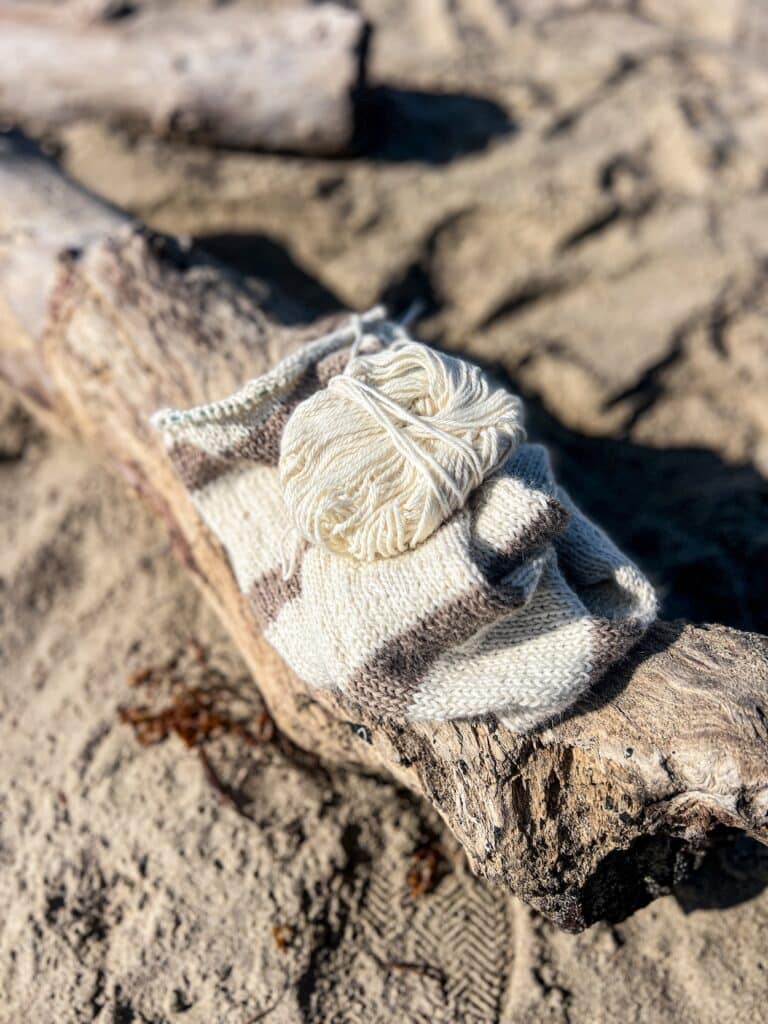
Conclusion
Remember, as I say so often, there’s a yarn for every project and a project for every yarn. If you’ve fallen in love with a beautiful yarn that’s pure alpaca, you’ll find a good use for it. It just may not be the right yarn for the exact project you had originally planned.
Choose a pattern that shows your alpaca yarn in its best light, and you won’t regret the time spent knitting it.

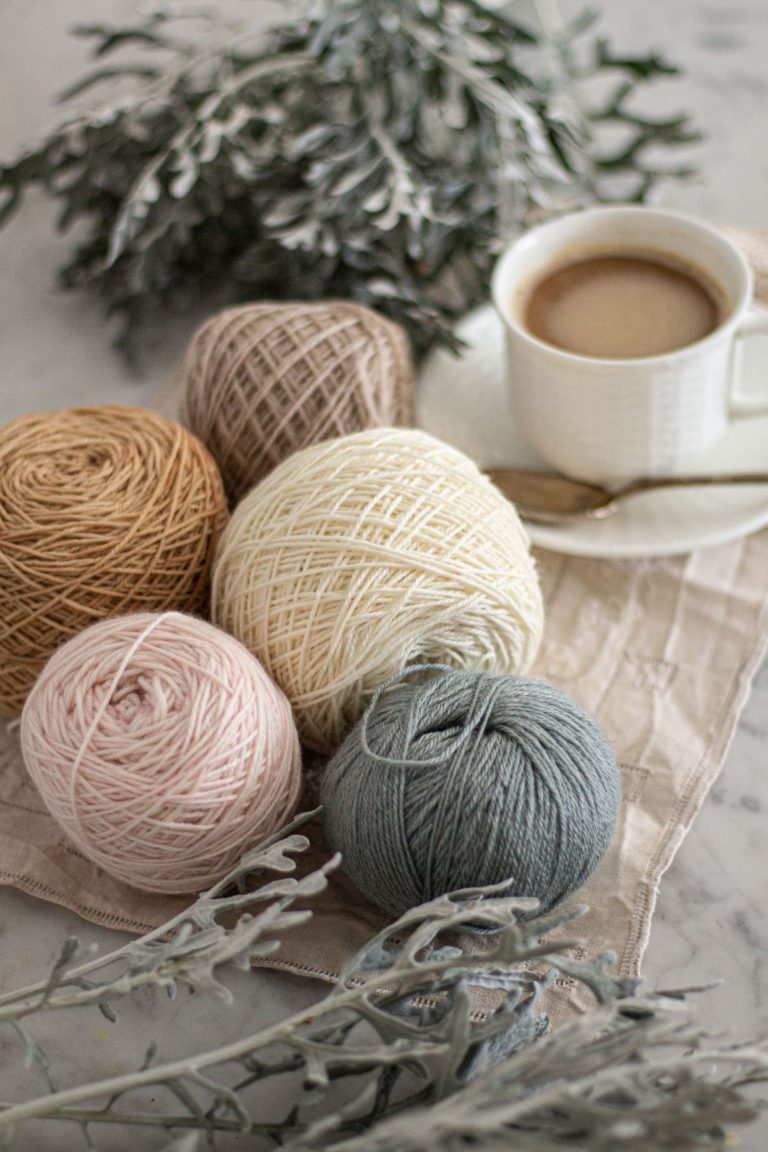
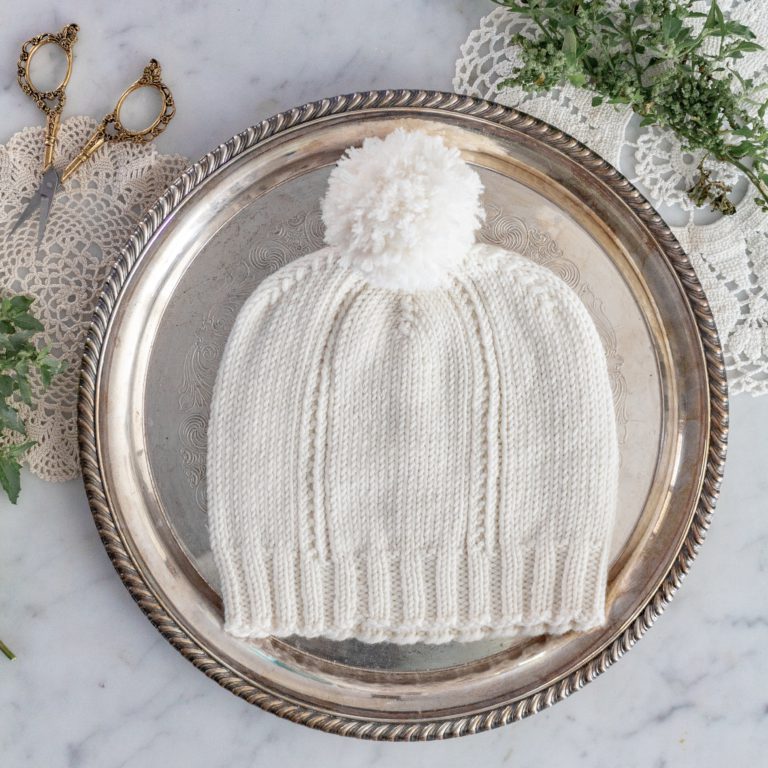
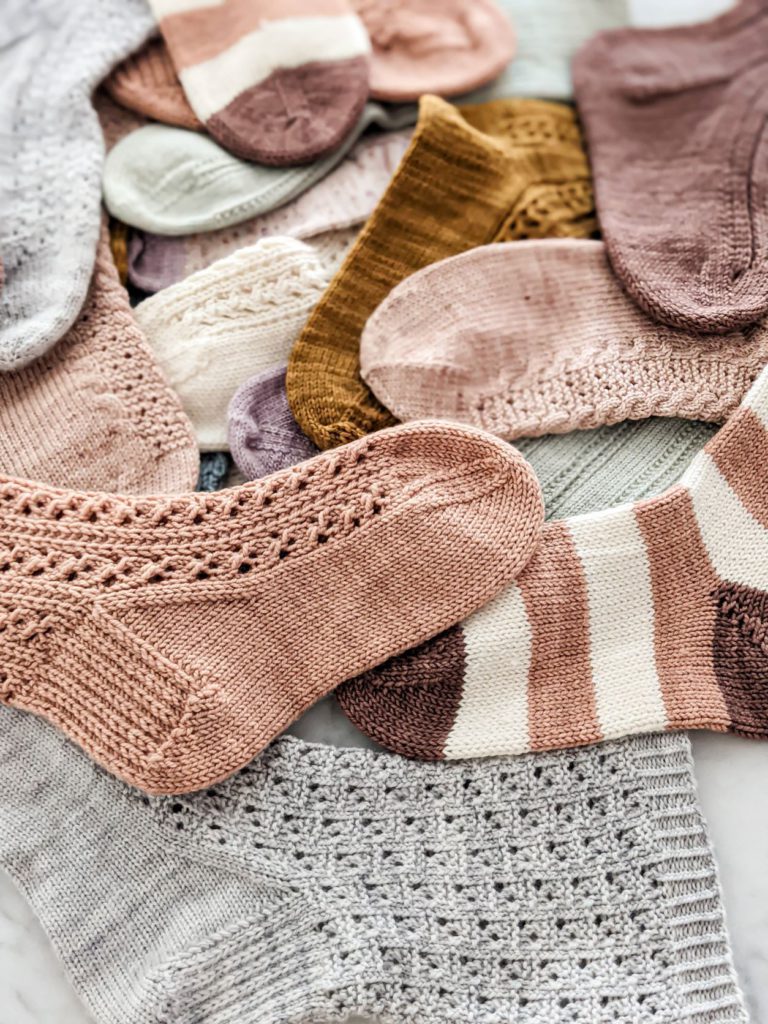
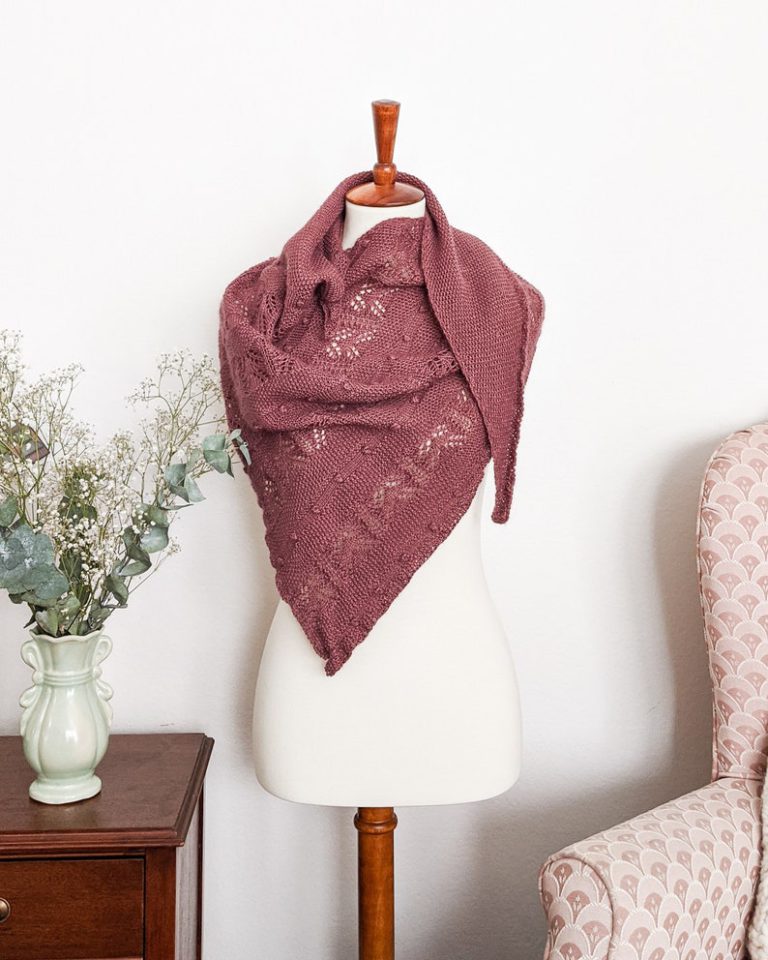
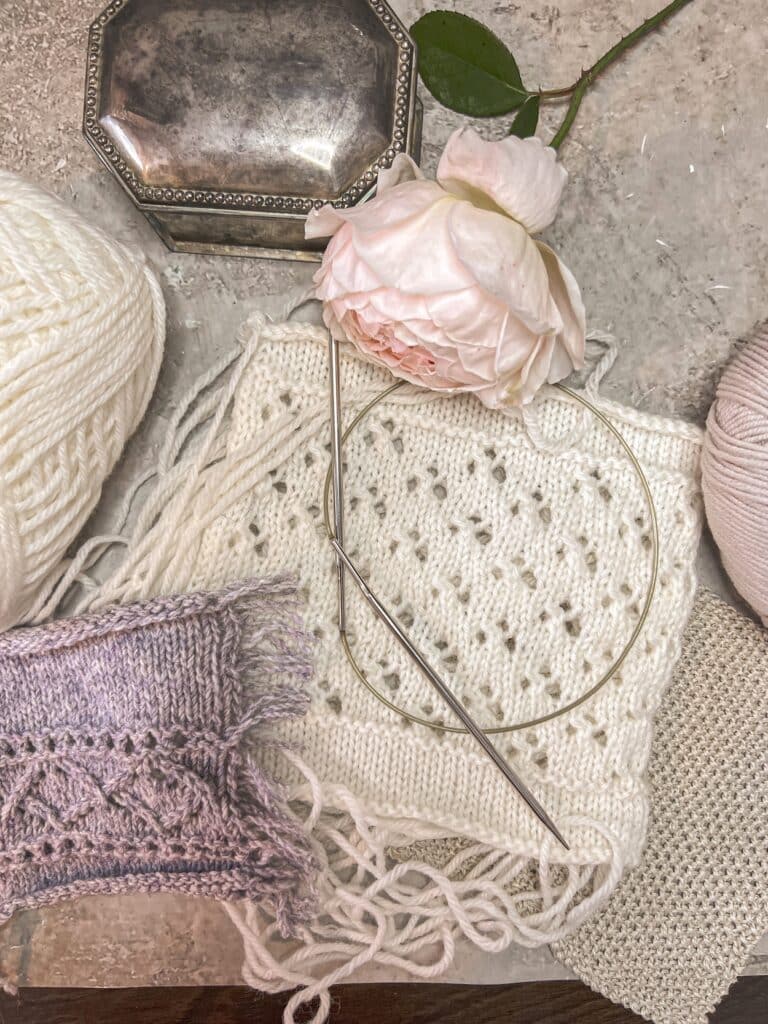
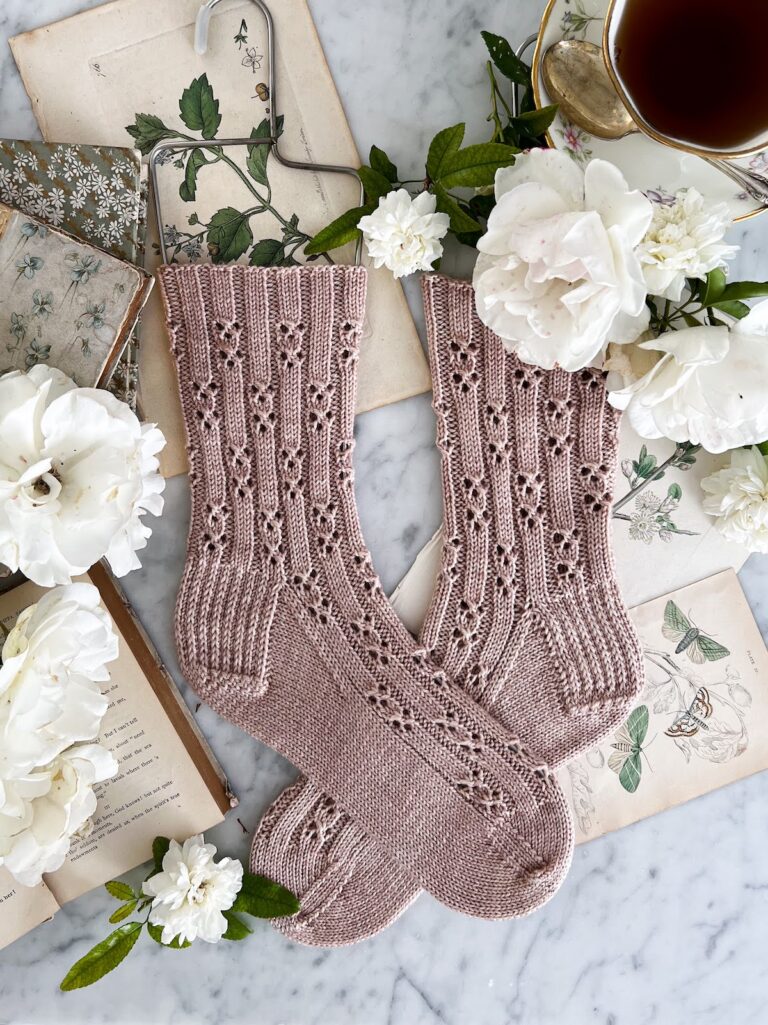
A truly lovely entry. Your posts are SO informative! And artistic with gorgeous professional photos. A real joy to peruse.
You have probably mentioned this elsewhere and I am unaware, but may I ask what you th ink of running a strand of mohair along with a less than substantial wool yarn you bought in rather a quantity because you loved the self-striping colors (very subtle)????
One sock is done and other than being rather slippery, seems lovely. The socks made with just the wool have been mended sufficient to having knitted another pair in the same amount of time . . .
But poor choices really do have consequences. . . I’d like to make as few as possible.
Thank you!
This is such a kind comment! Thank you for the support and encouragement. Mohair can definitely add some durability to a pair of socks, but there are some trade-offs. It’ll make the socks much warmer, and some people don’t like the fuzzy feeling of the mohair (esp between toes).